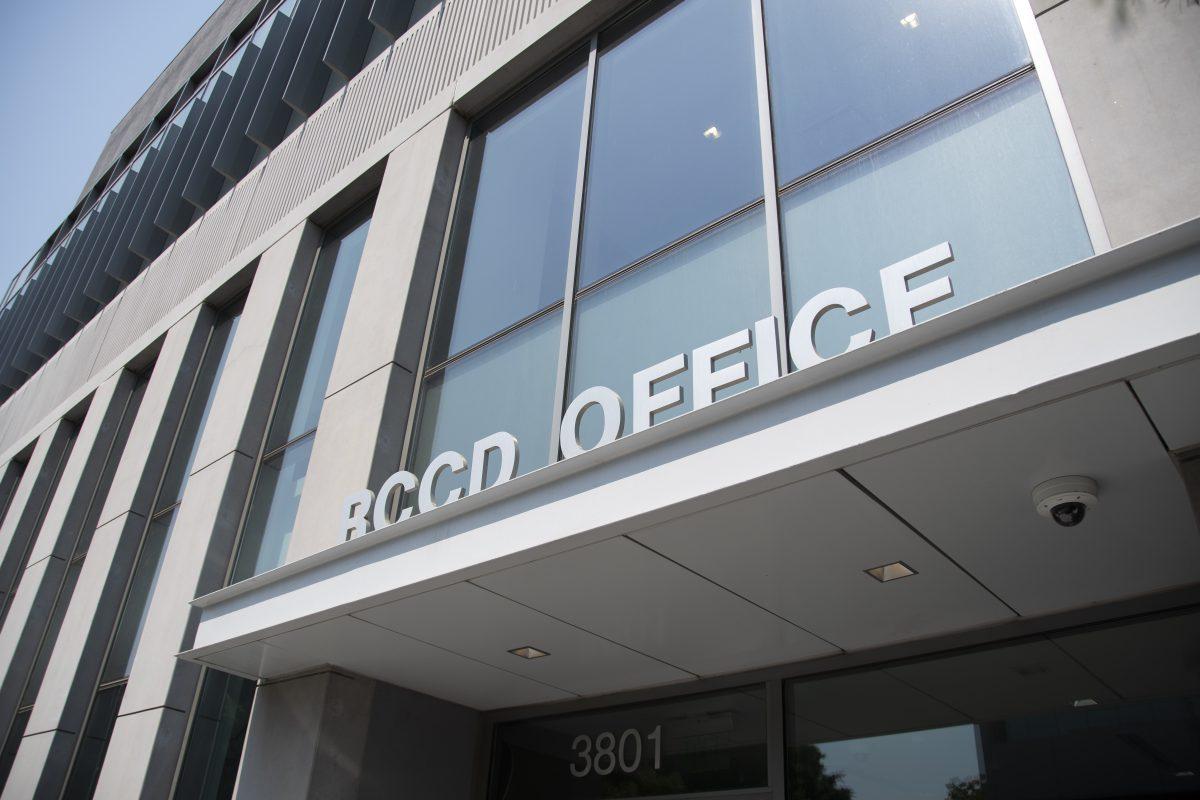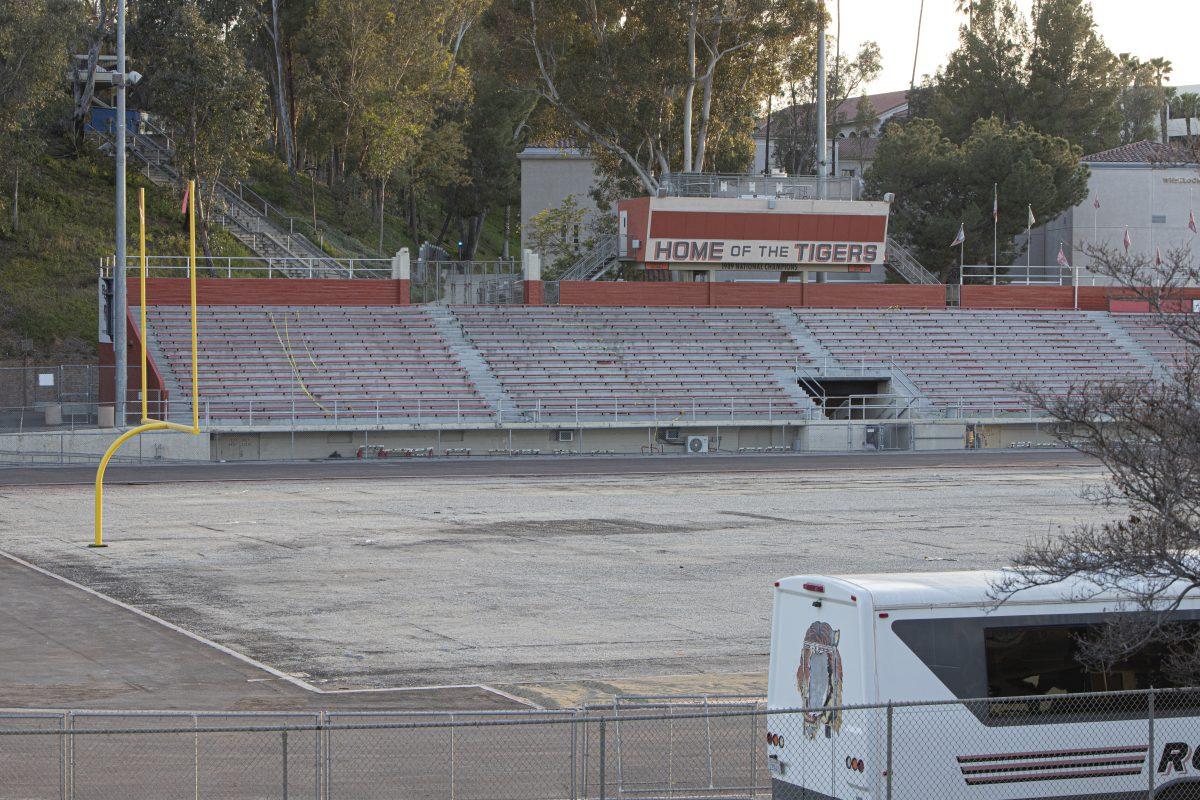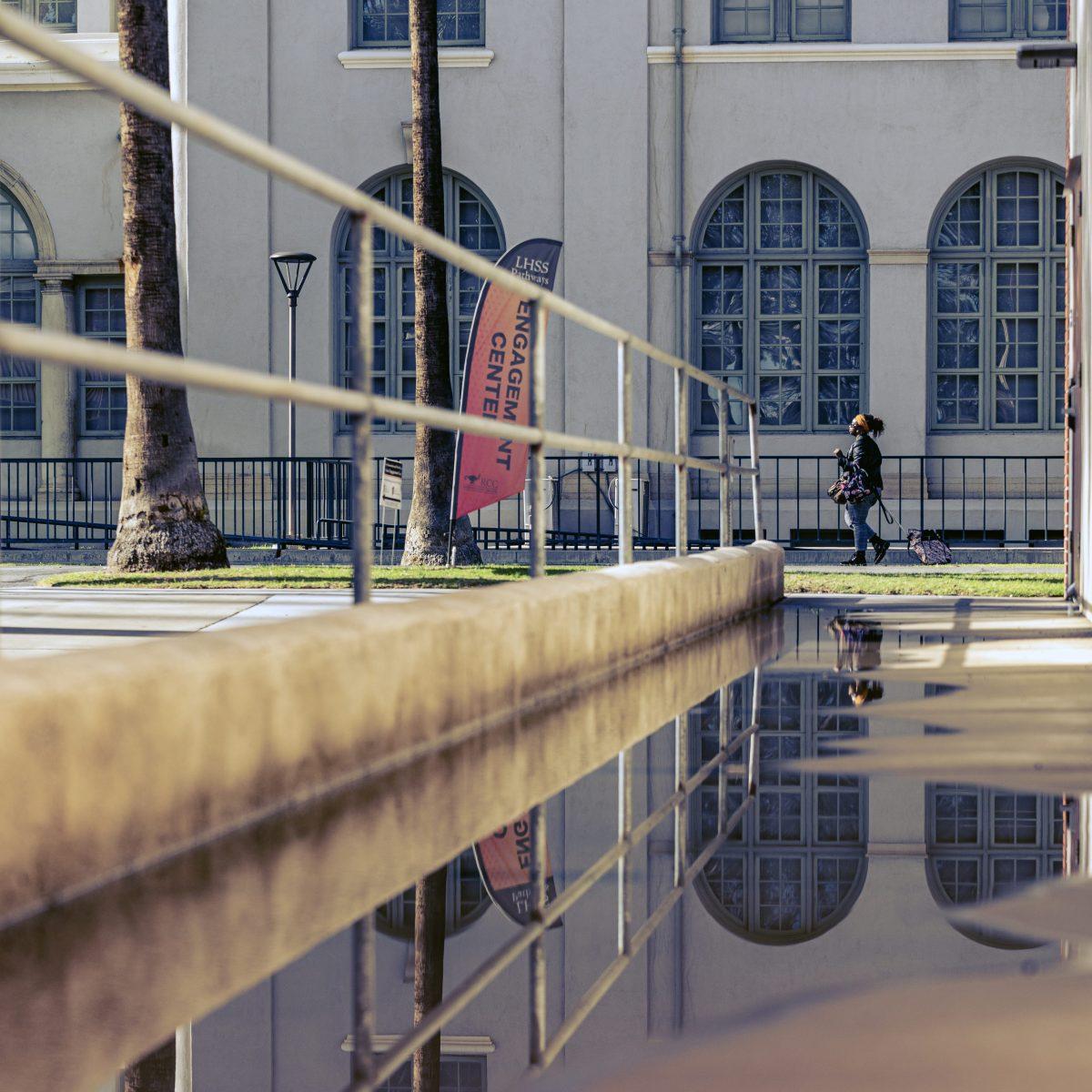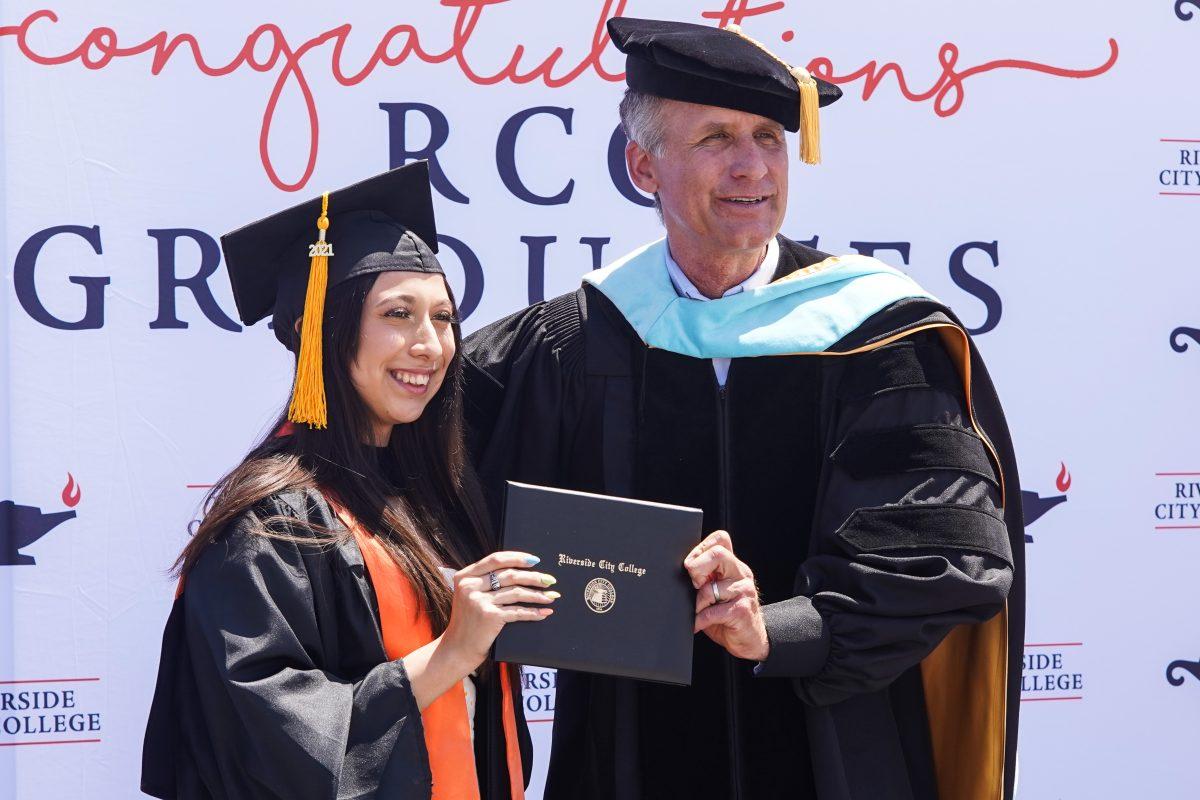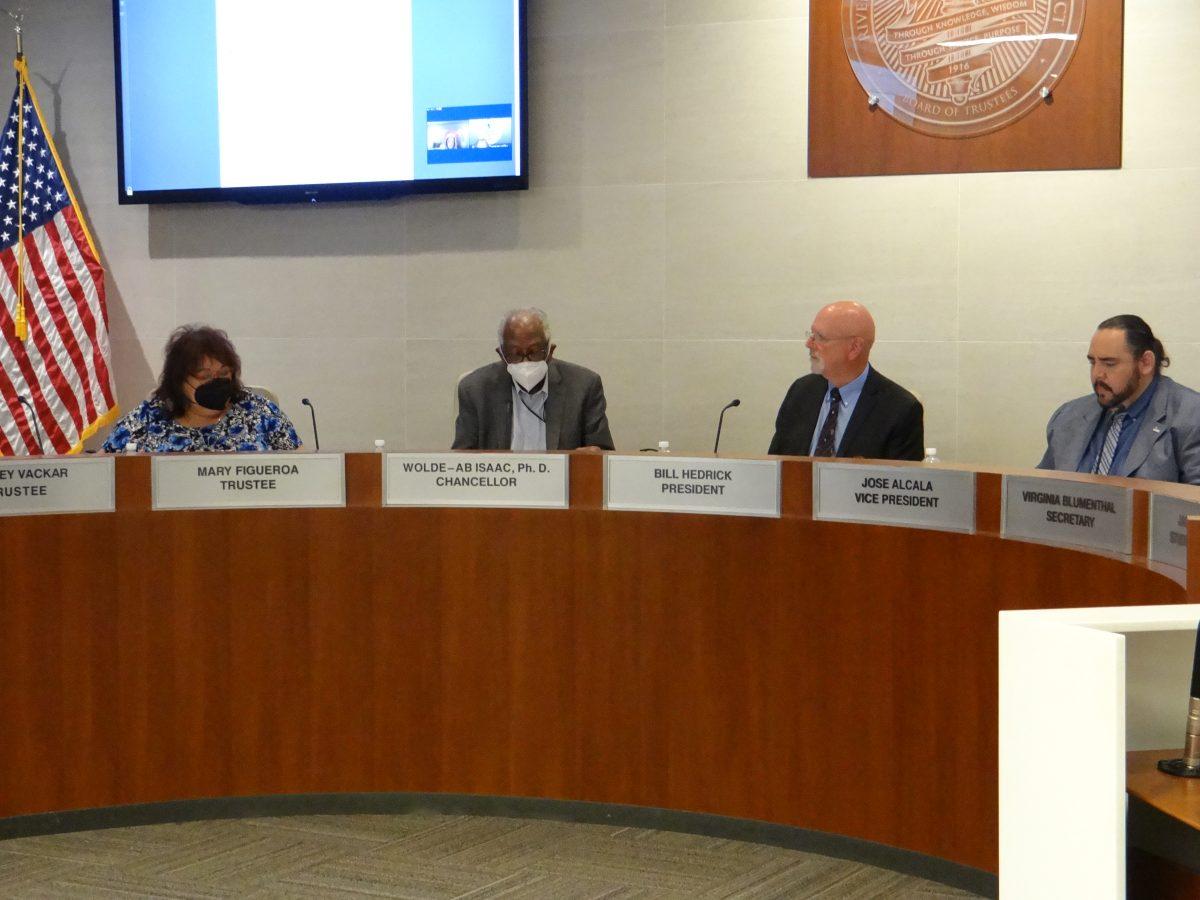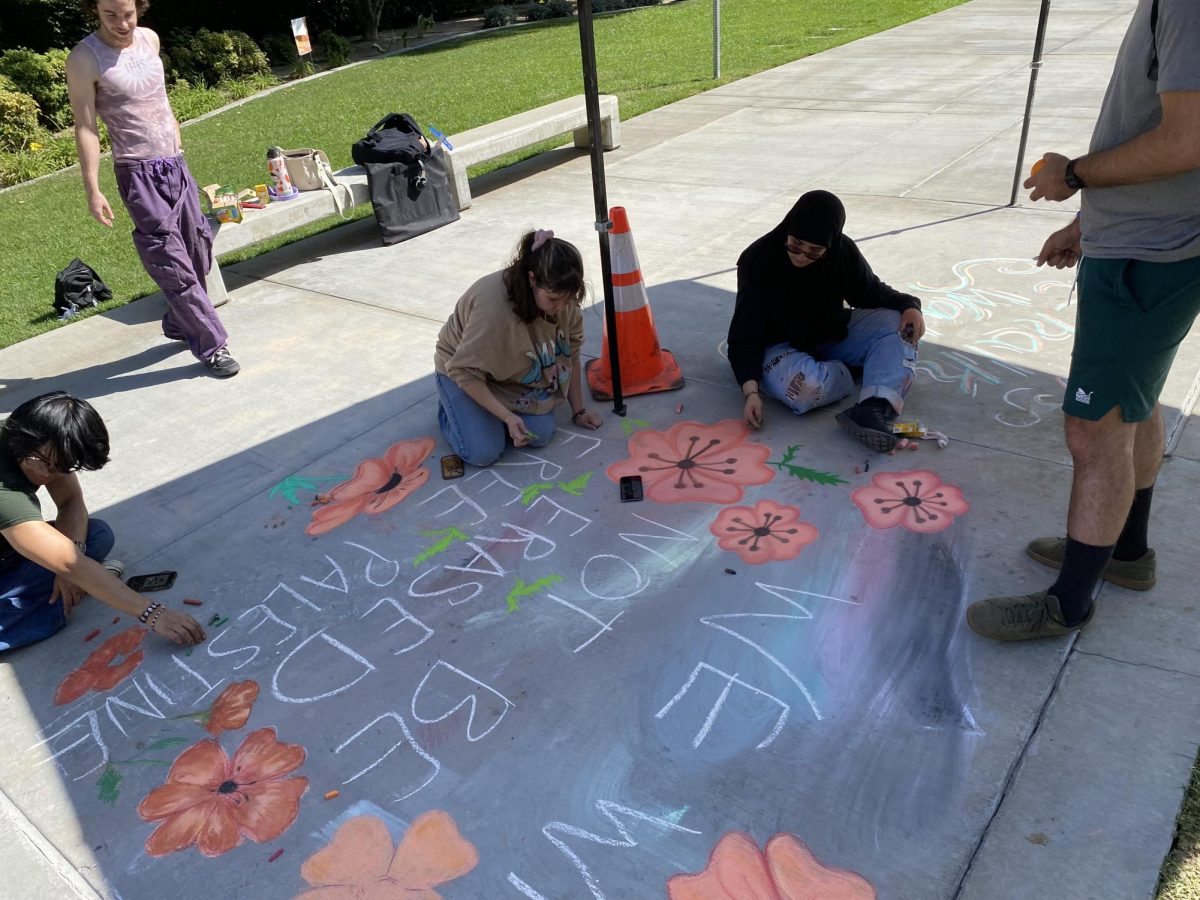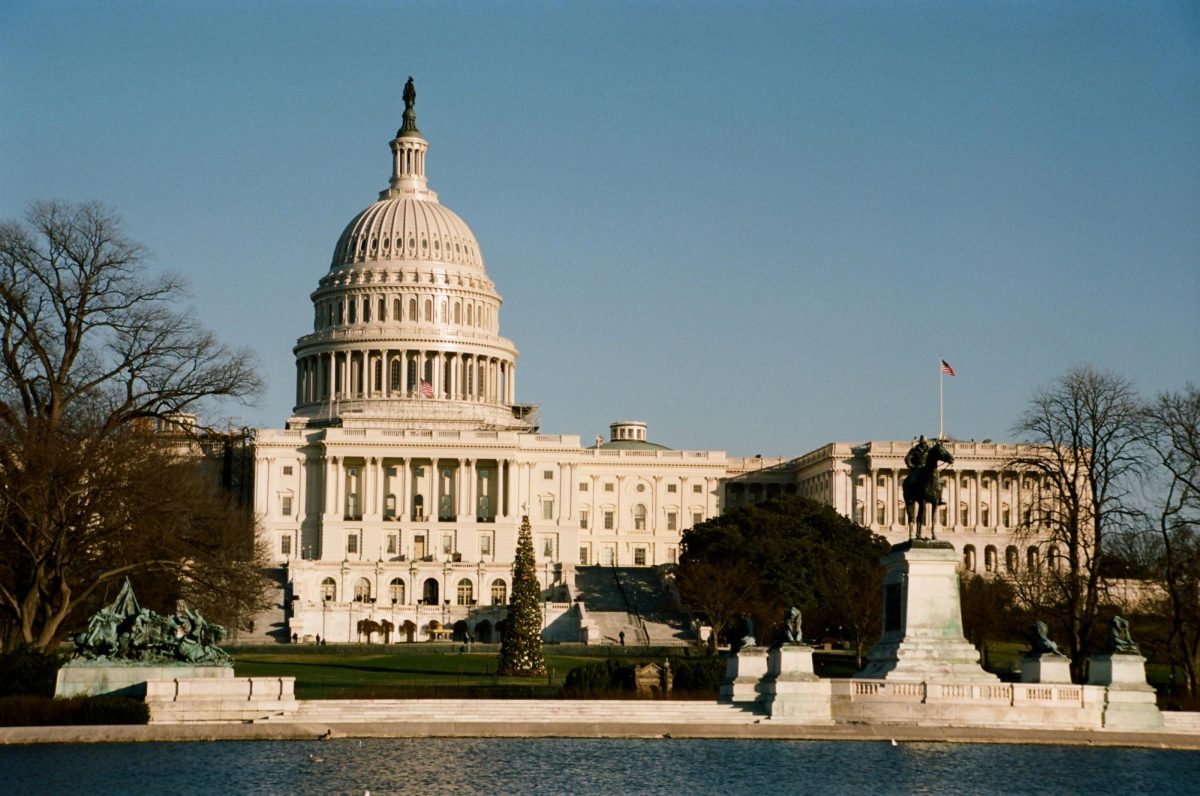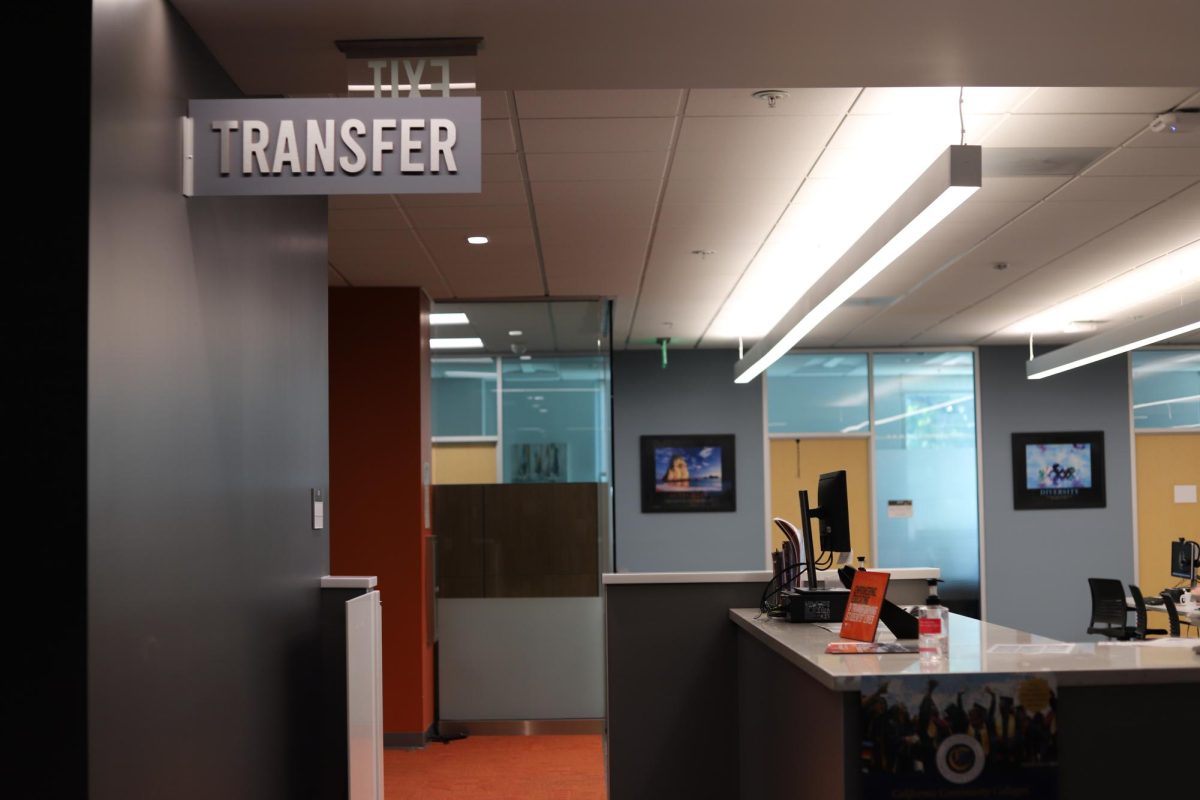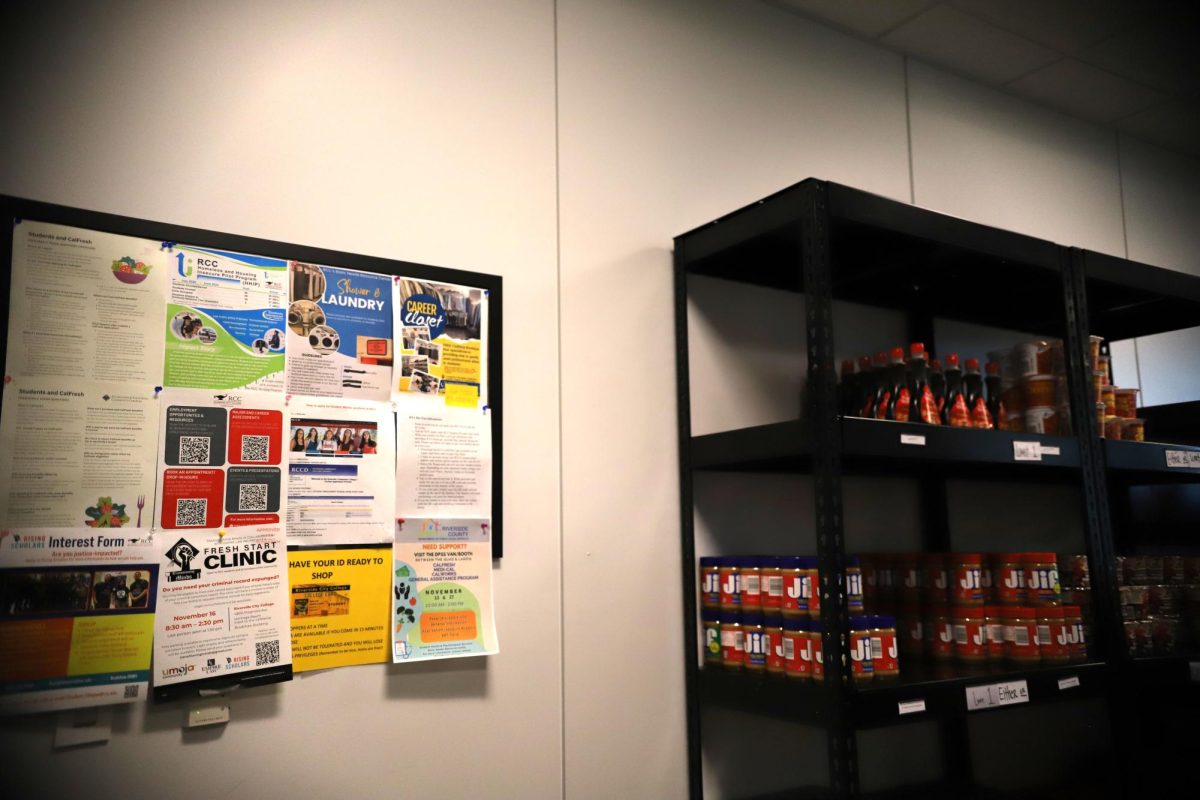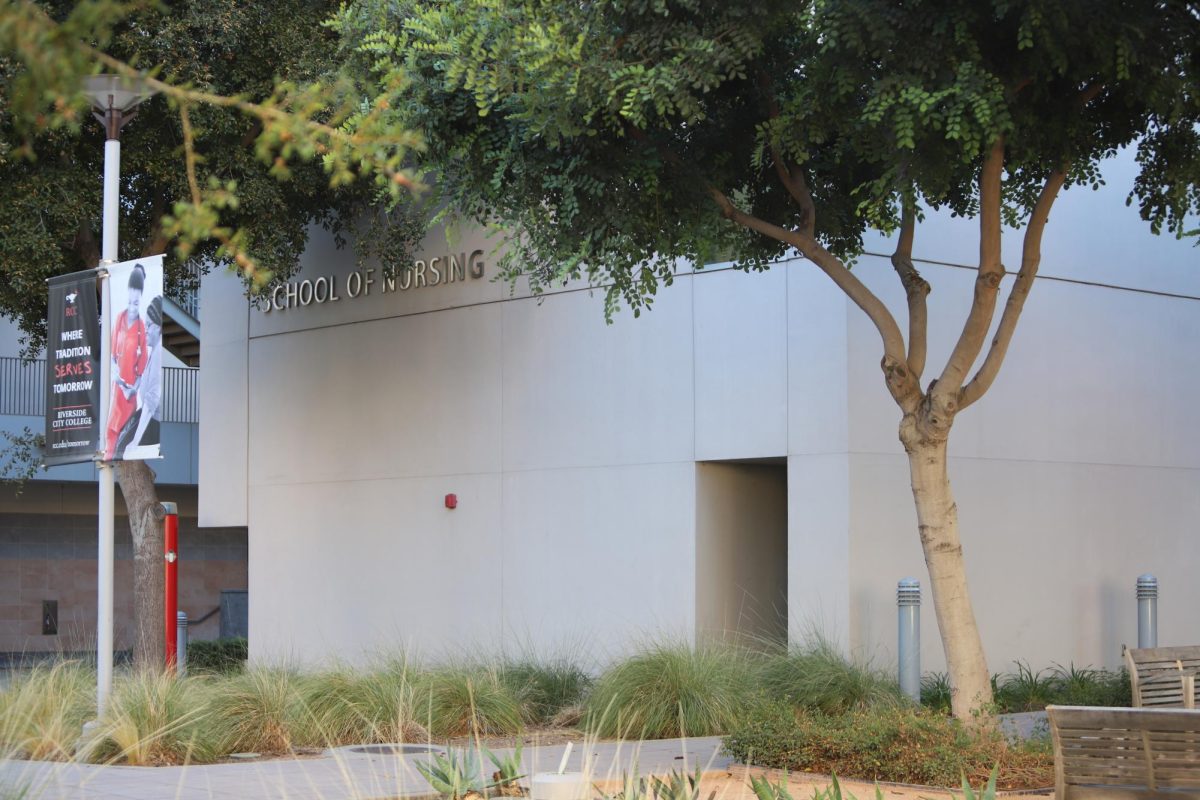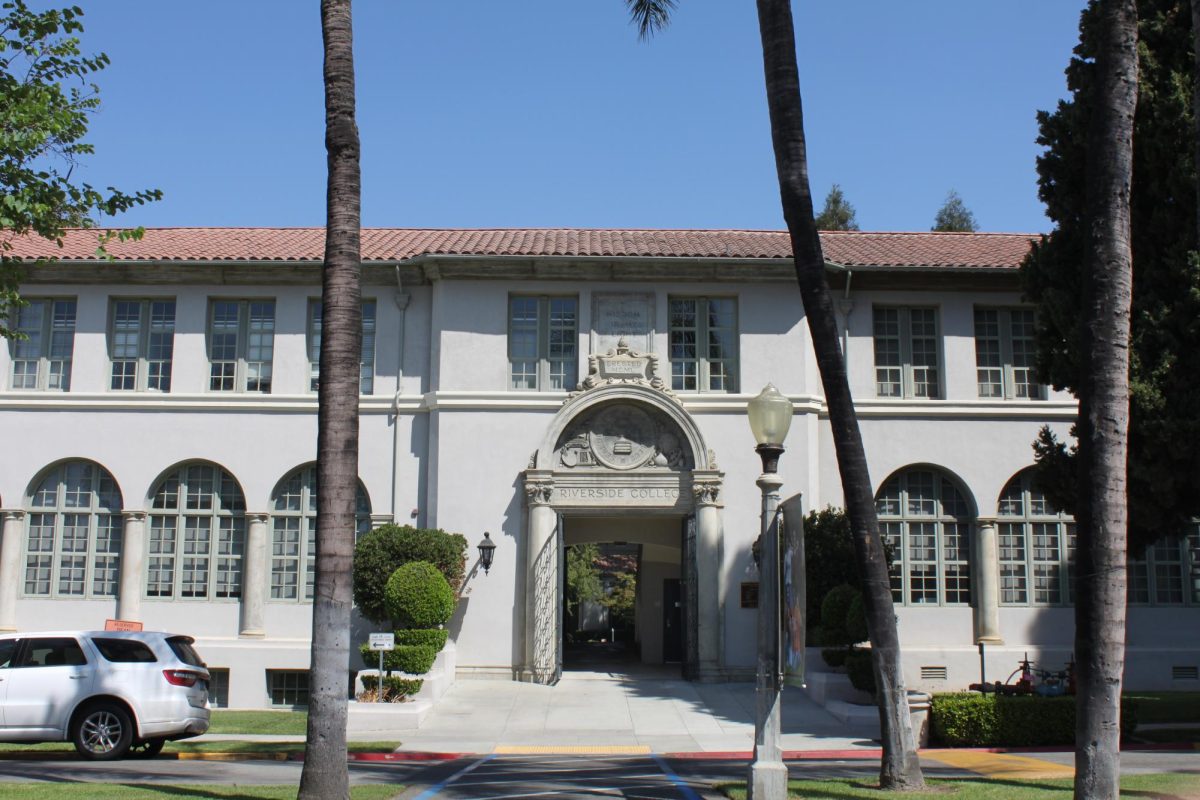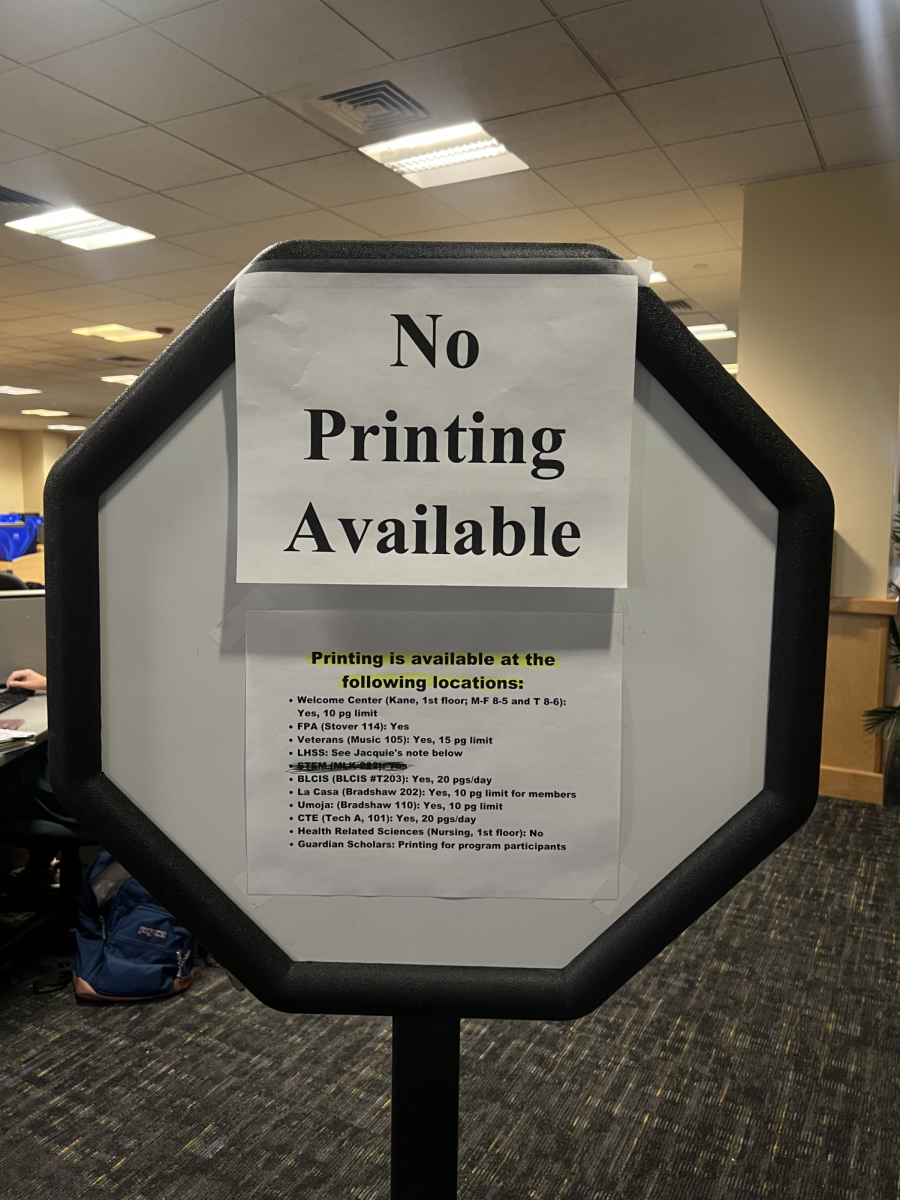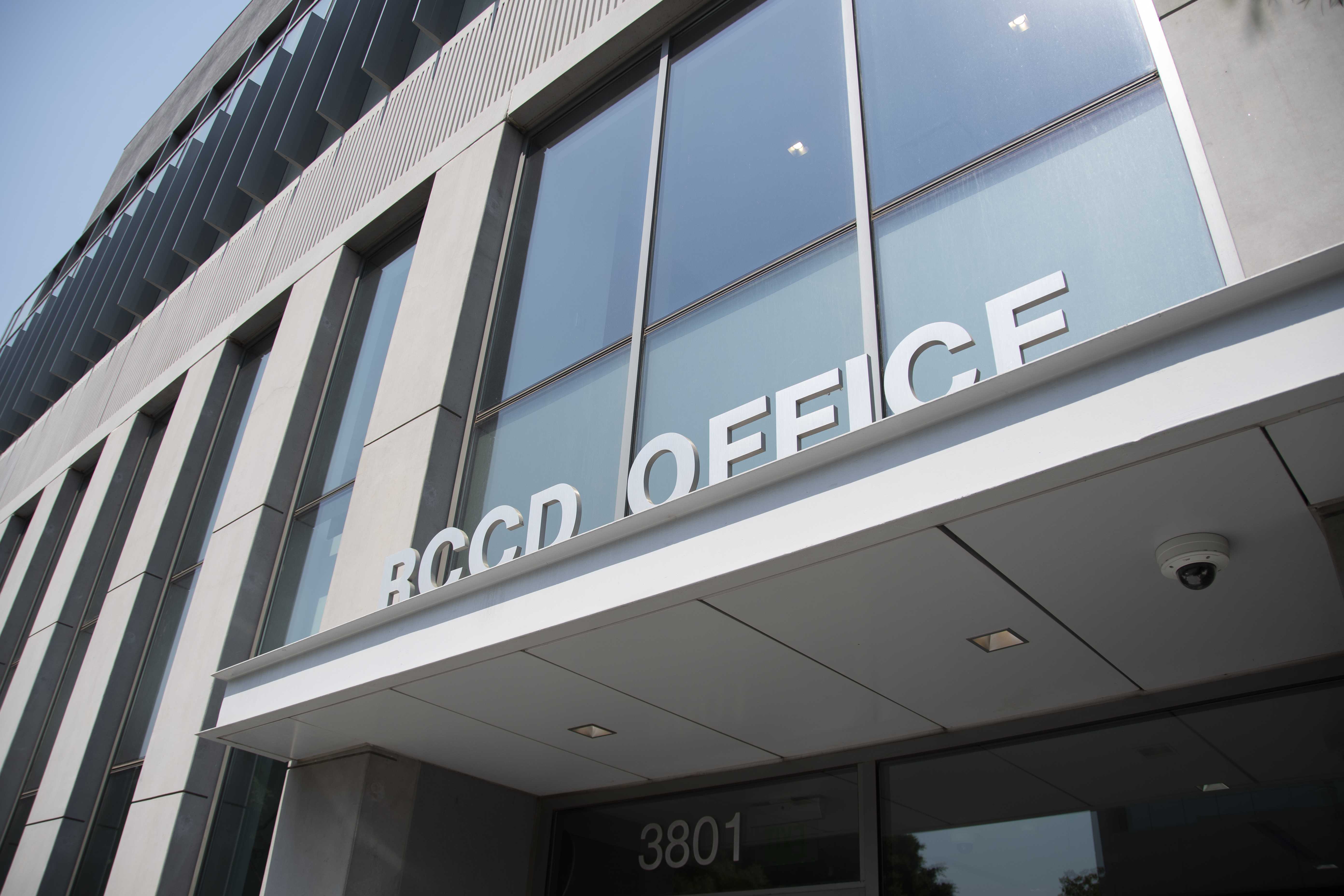
By Andrea Mendez
The Riverside Community College District Board of Trustees discussed plans for future solar energy implementation, curriculum changes and updates on full time student enrollment on Oct. 5.
This semester’s enrollment updates, presented by associate vice chancellor, educational services & institutional effectiveness, Lijuan Zhai, showcased how RCCD enrollment rates dropped 27.6% between fall 2019 through fall 2021 semesters.
She continued by stating how between the fall 2019 to 2020 semesters, Riverside City College full-time student enrollment rate dropped 12.9%, followed by another 9.4% in September 2021.
“In summary, RCCD has experienced unprecedented enrollment decline in the past two years,” Zhai said. “And the downturn has been steep among male students, older students, White students (and) African-American females.”
Jeannie Kim, interim vice chancellor of educational services and strategic planning, presented new updates to the RCCD curriculum.
Previous senior citizen courses that were offered but have not been taught for years along with duplicated ESL courses that are also not being taught are being deleted from RCC’s course inventory.
Some new programs being added include a culinary class on cake decoration along with an IT management program, all of which are meant to help students find opportunities to establish career options.
Program modifications have been made to align nursing with the Nursing Accreditation Board, ESL was adjusted to match recent changes in English 1A and AB705, English will be revised to qualify for the ethnic studies requirement for CSU transfer.
RCCD introduced plans to implement solar energy on all campuses. Hussain Agah, Associate Vice Chancellor of Facilities Planning and Development, further detailed the three phases of development towards installation.
The end of the meeting President Mary Figeroa brought up the topic of education awareness to students.
“You make people aware of what’s available to them, and then educate them on how to do it, they will do it,” Figueroa said. “It’s all a matter of communication and getting them to know that this is out there for them.”
Trustee president Figeroa furthermore discusses how funding is distributed statewide in our region, the Inland Empire, and the inequality of the situation.
“Do you know where most of that money is going? Los Angeles,” Figueroa said. “When they gave us the information on the board I’m looking at this and seeing hardly any of the money coming out to the Inland Empire, and yet we have some major issues with the pollution out in this area, because everything always comes down to us and sits here. The point is why is LA getting all the money when it’s supposed to be for the whole entire region. The response is that LA is always applying for it.”

